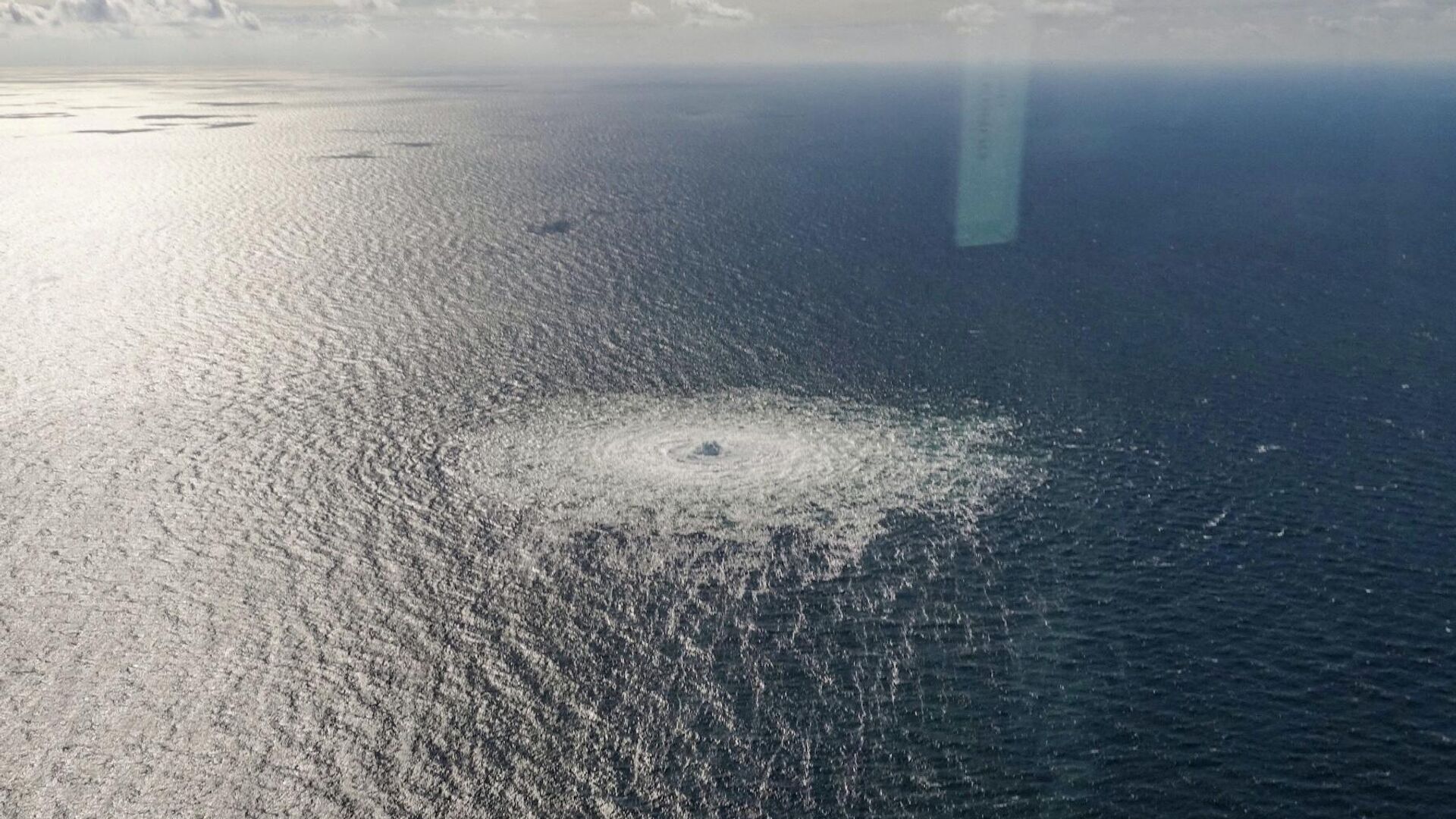A fourth gas leak in the Nord region has been reported by Sweden

Sweden’s coast guard claims there are FOUR leaks in the Baltic Sea from the twin Nord Stream gas pipelines, not three. Since the first reports of ruptures on Monday, four had been discovered; however, only three were cited by officials in media reports.
Coast Guard spokesman Mattias Lindholm said, “We have leaking at two places” off the coast of Sweden. Two more can be found in the waters off Denmark.
NATO has called the damage “acts of sabotage,” adding that “any deliberate attack against Allies’ critical infrastructure would be met with a united and determined response,” after the Swedish National Seismic Network recorded two “massive releases of energy” shortly before, and near the location of the gas leaks.
Björn Lund, a seismologist at the Swedish National Center for Seismology, claimed that seismic stations in Denmark, Norway, and Finland had also detected the explosions, one of which had a magnitude of 2.3. He added that he had not ruled out the possibility of a third detonation.
The European Union also issued a statement along these lines, saying that “any deliberate disruption of European energy infrastructure is utterly unacceptable,” adding that it will back any investigation aimed at finding out what happened and why, and that it “will take further steps to increase our resilience in energy security.”
Norway, which has surpassed Russia as Europe’s largest supplier of natural gas, has stated its military will be more visible at its oil and gas plants in reaction to the continued tensions, and Denmark has increased security around energy infrastructure.
Both pipelines, totaling 1,224 kilometres in length, were shut down at the time, with Russia closing the Nord Stream 1 pipeline in August and Germany stopping the Nord Stream 2 pipeline shortly after Russia invaded Ukraine in February. However, the methane they contained was still present.
In the first 20 years following release, methane’s warming effect on the climate is roughly 80 times more than CO2.
No one knows for sure how much methane has been lost, but Paul Balcombe of Imperial College London’s Department of Chemical Engineering reckons that it’s between 150 and 300 million cubic metres. He continued, “It is unlikely that they will spill all of their contents, but if just one did it would be roughly twice as much (around 200,000 t) as the 2015 Aliso Canyon breach in the US, which was the worst leak recorded in the US. Even if only a small percentage of this were released, it would have a profound effect on the ecology and the climate.
However, Edinburgh Climate Change Institute Executive Director Dave Reay from the University of Edinburgh is more upbeat. Methane, a potent greenhouse gas, is being released into the atmosphere as a result of these gas leaks and is having a direct impact on global warming. However, this is a drop in the bucket compared to the enormous amounts of ‘fugitive methane’ that are emitted daily around the world as a result of activities such as fracking, coal mining, and oil extraction.